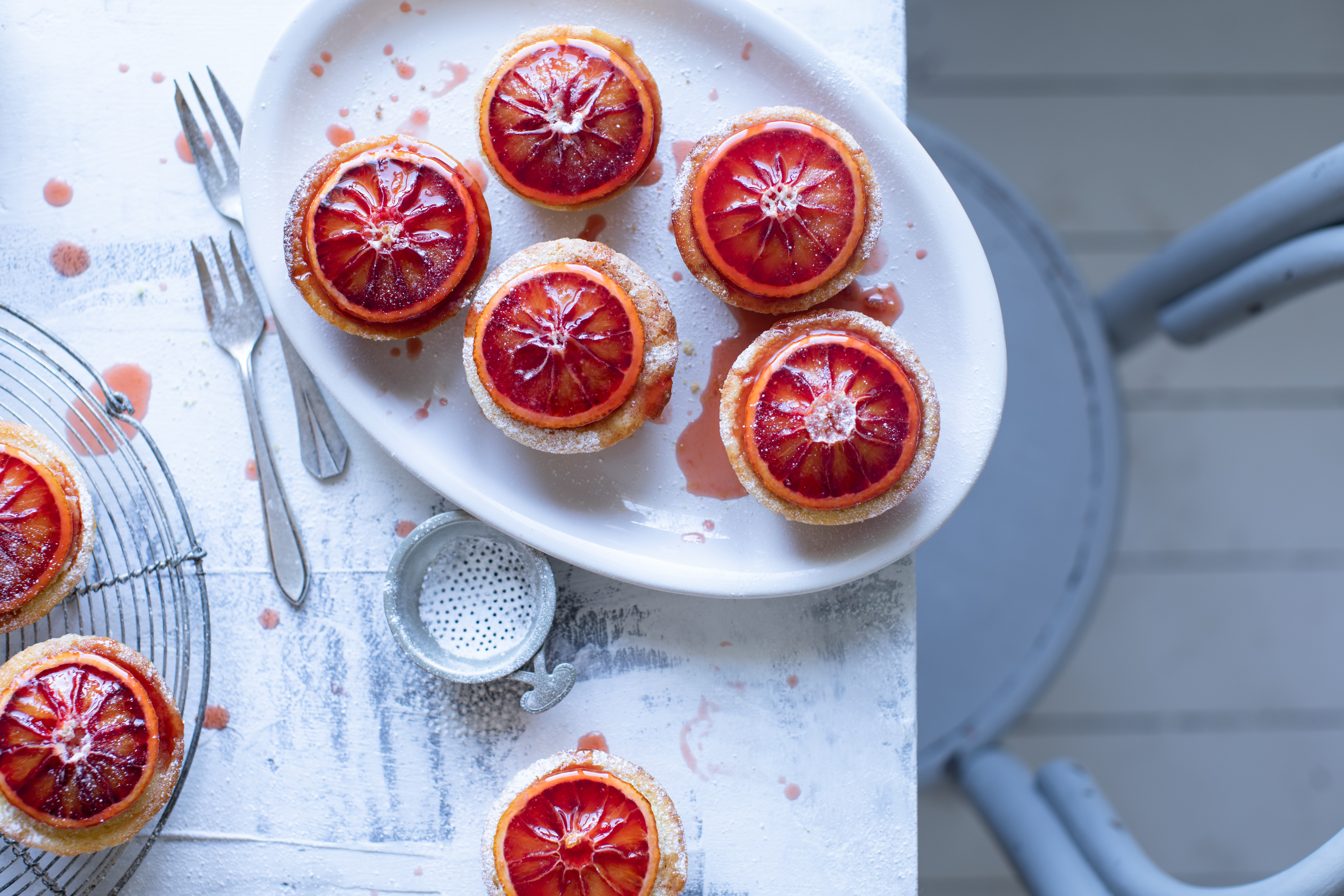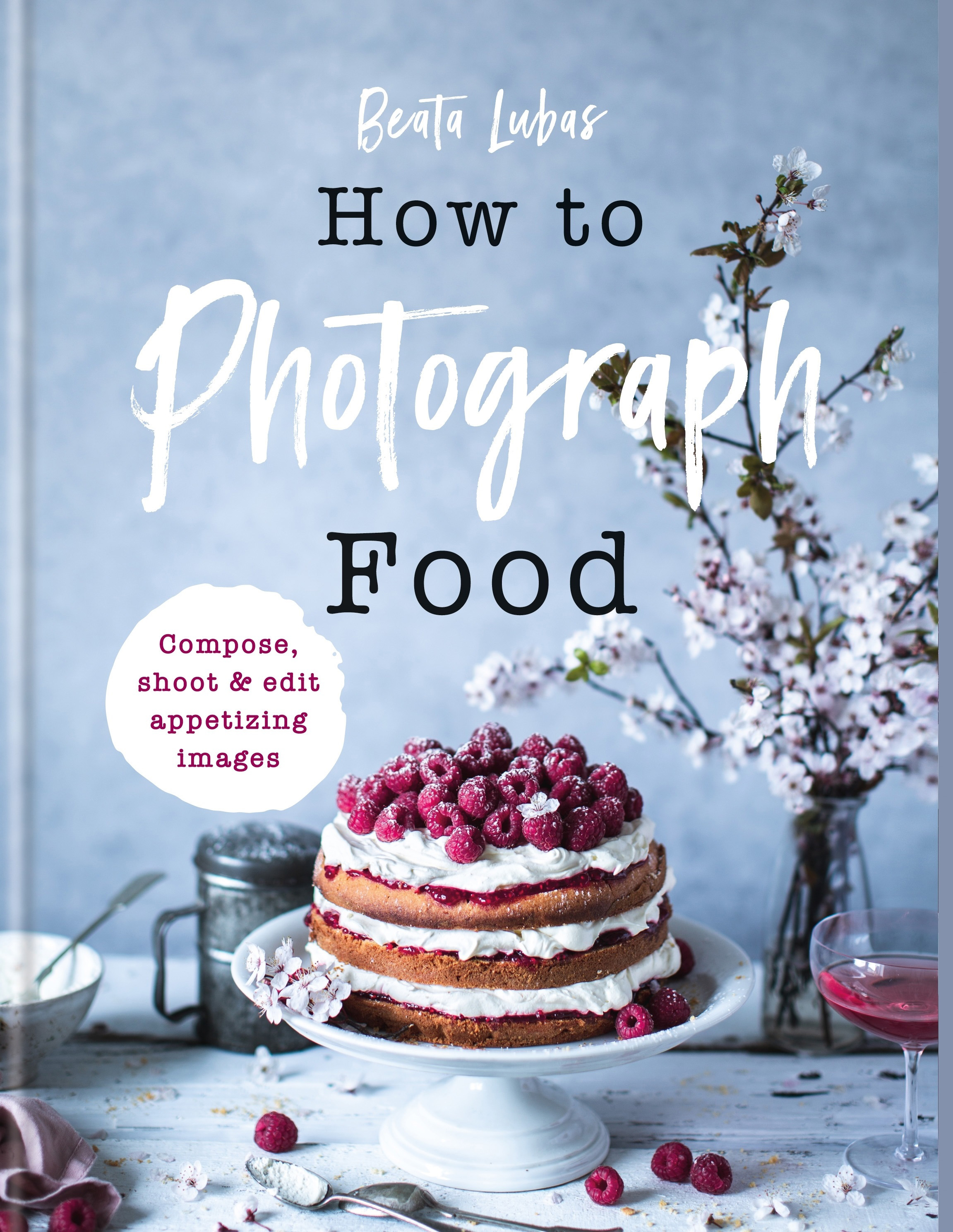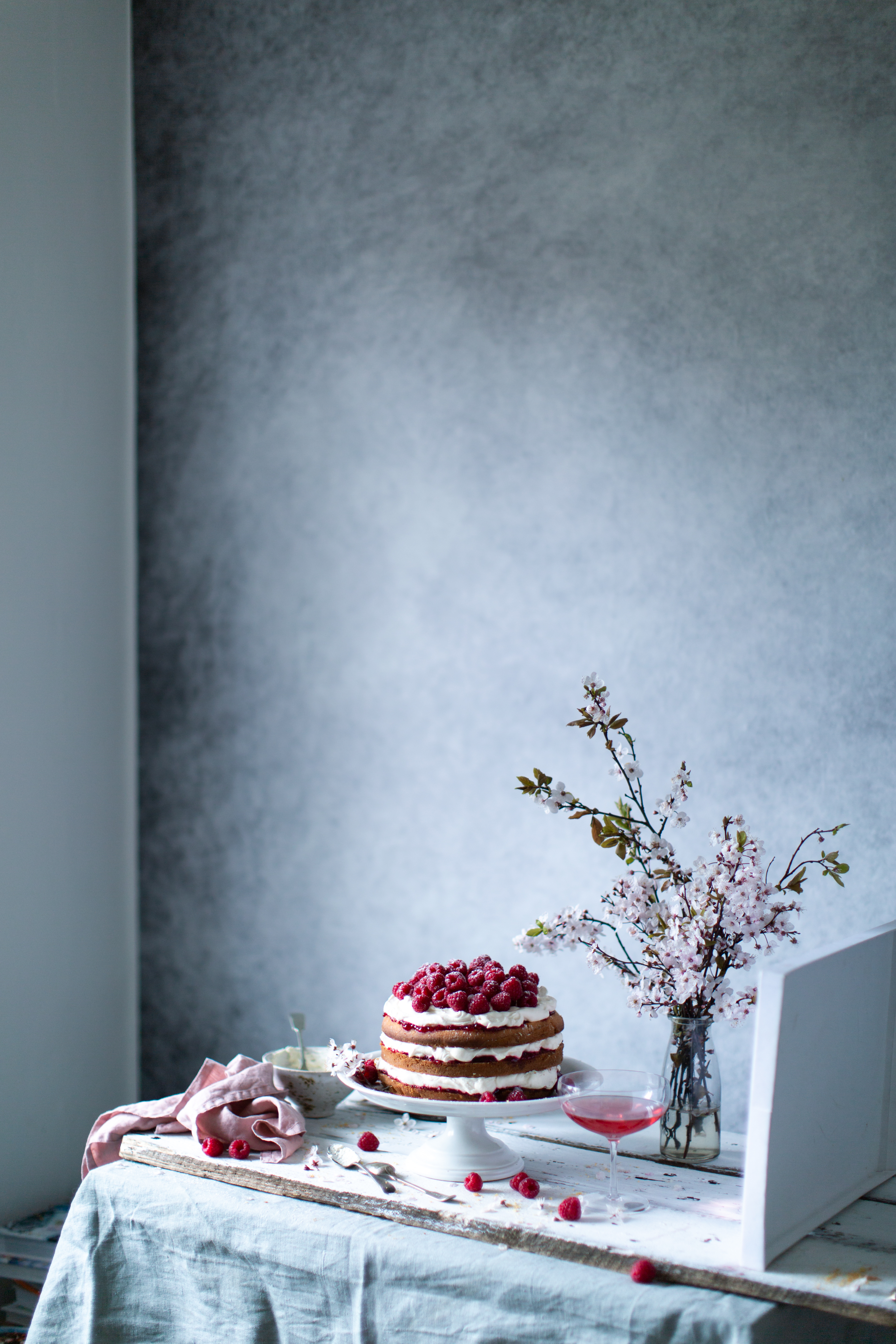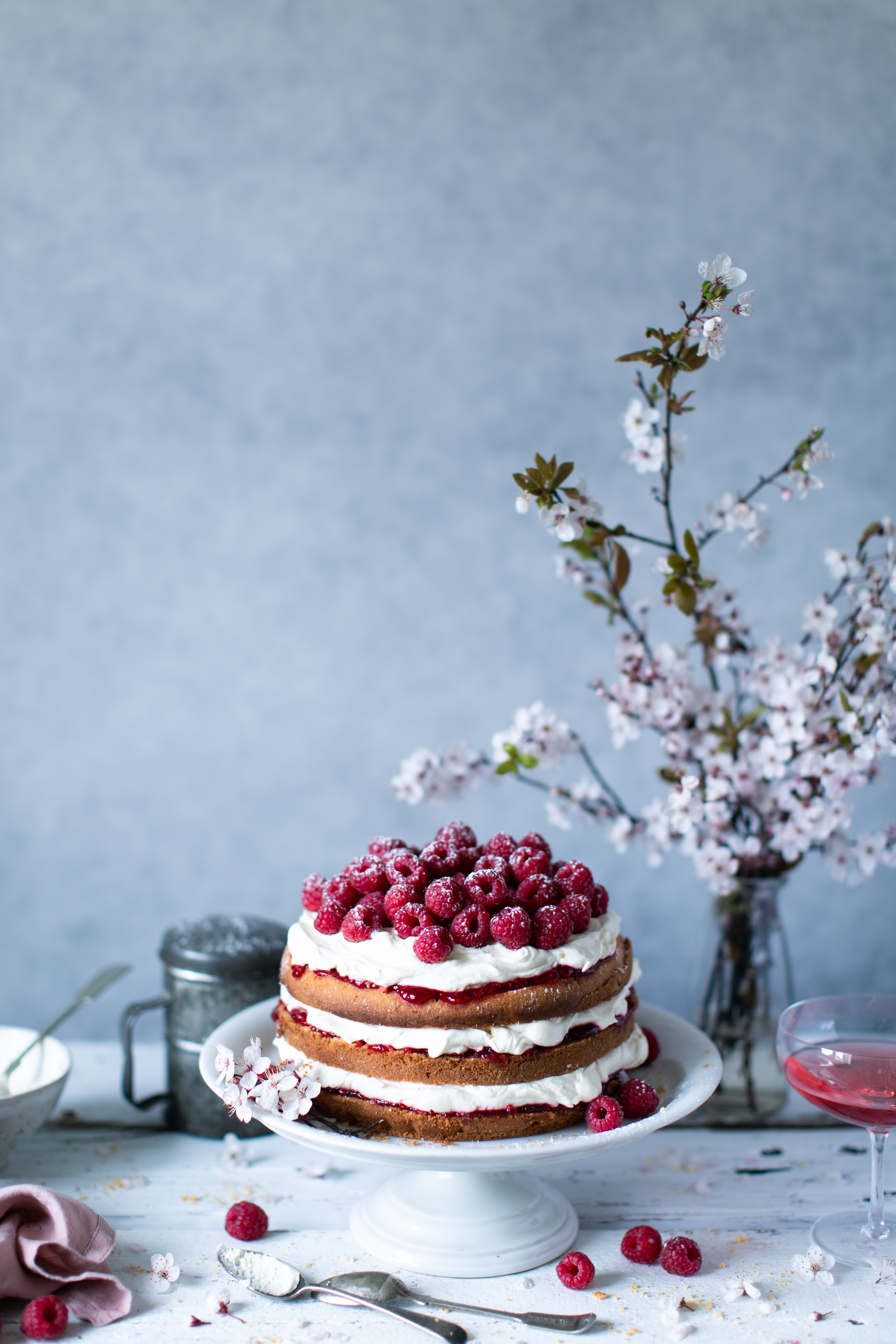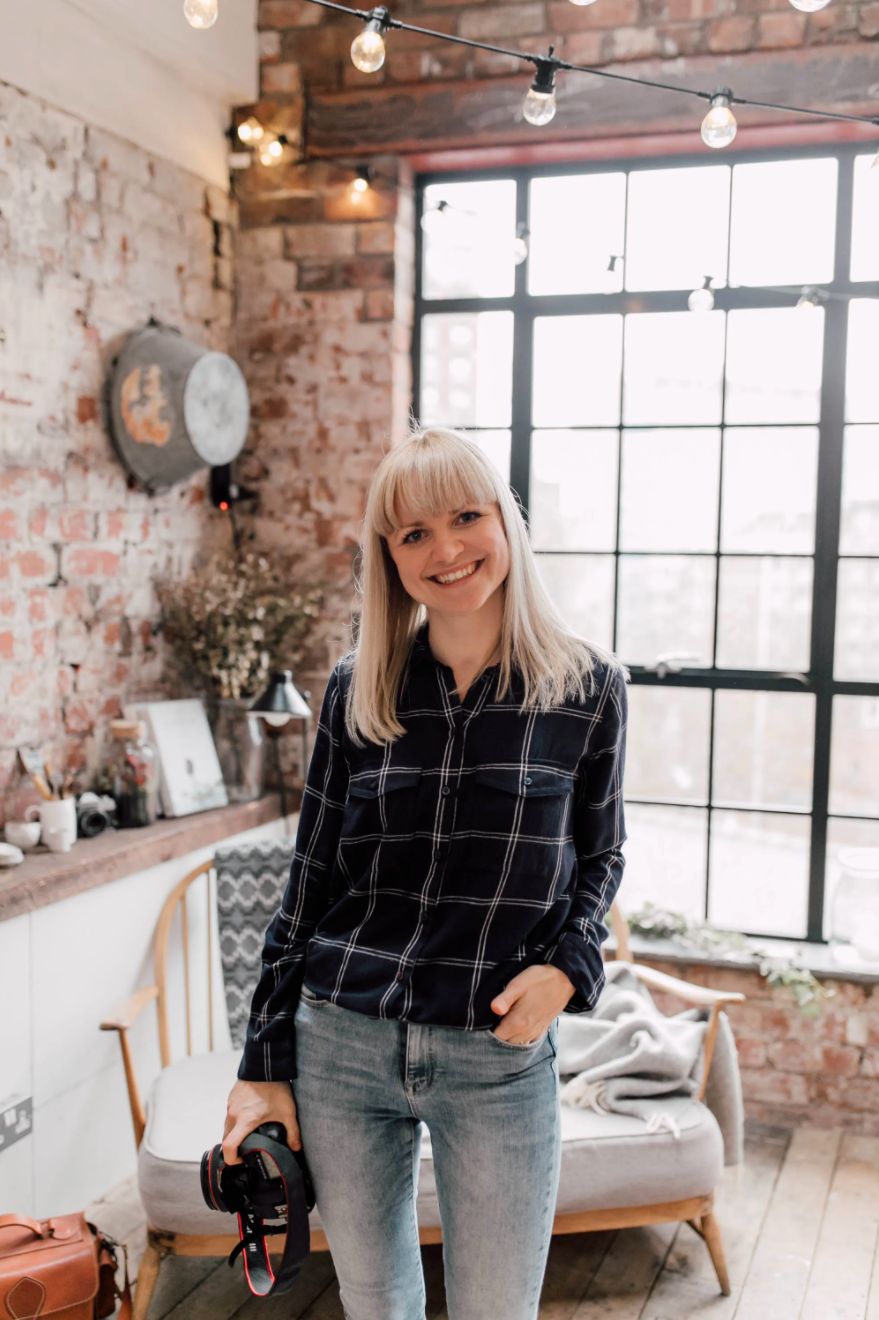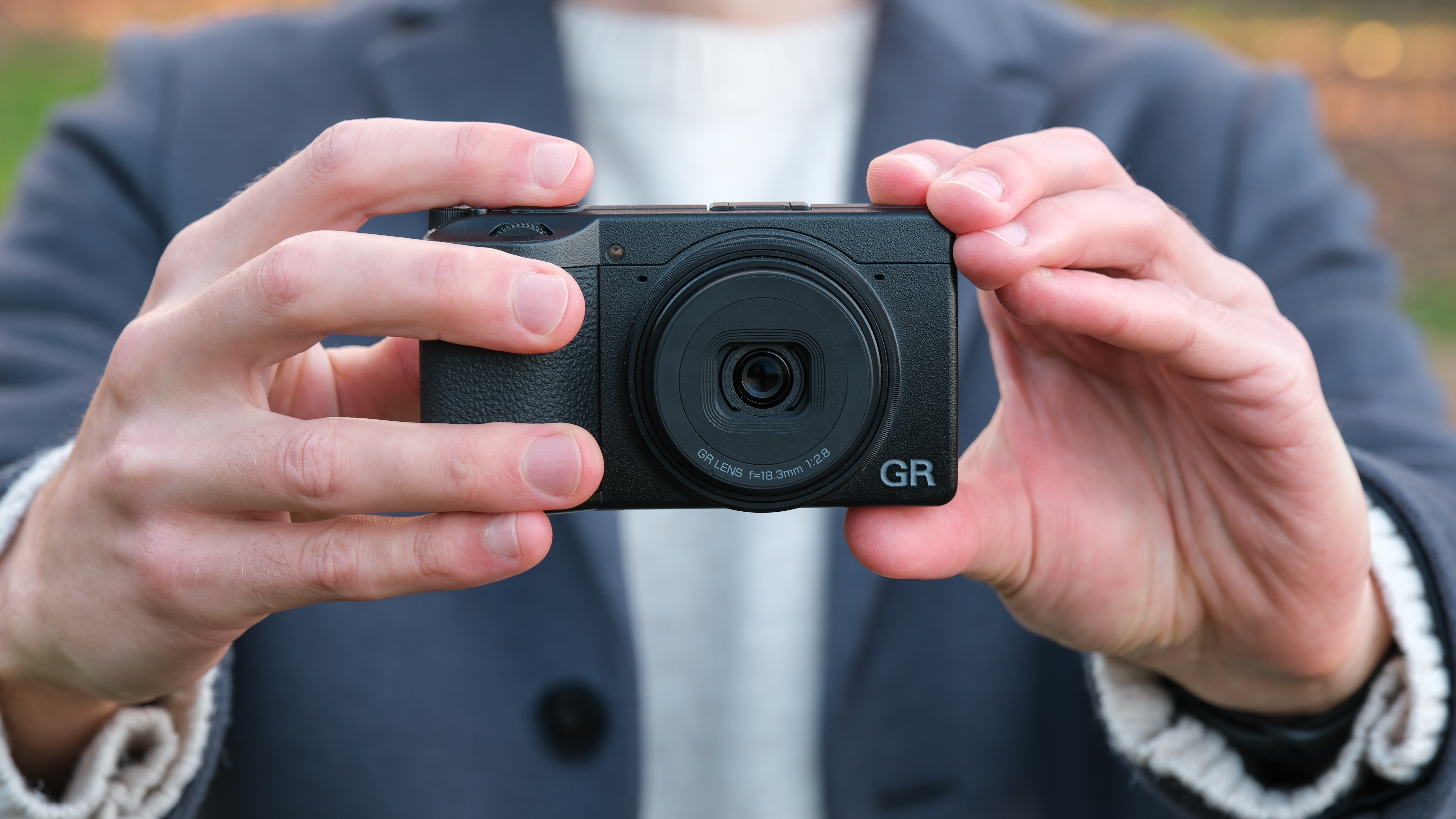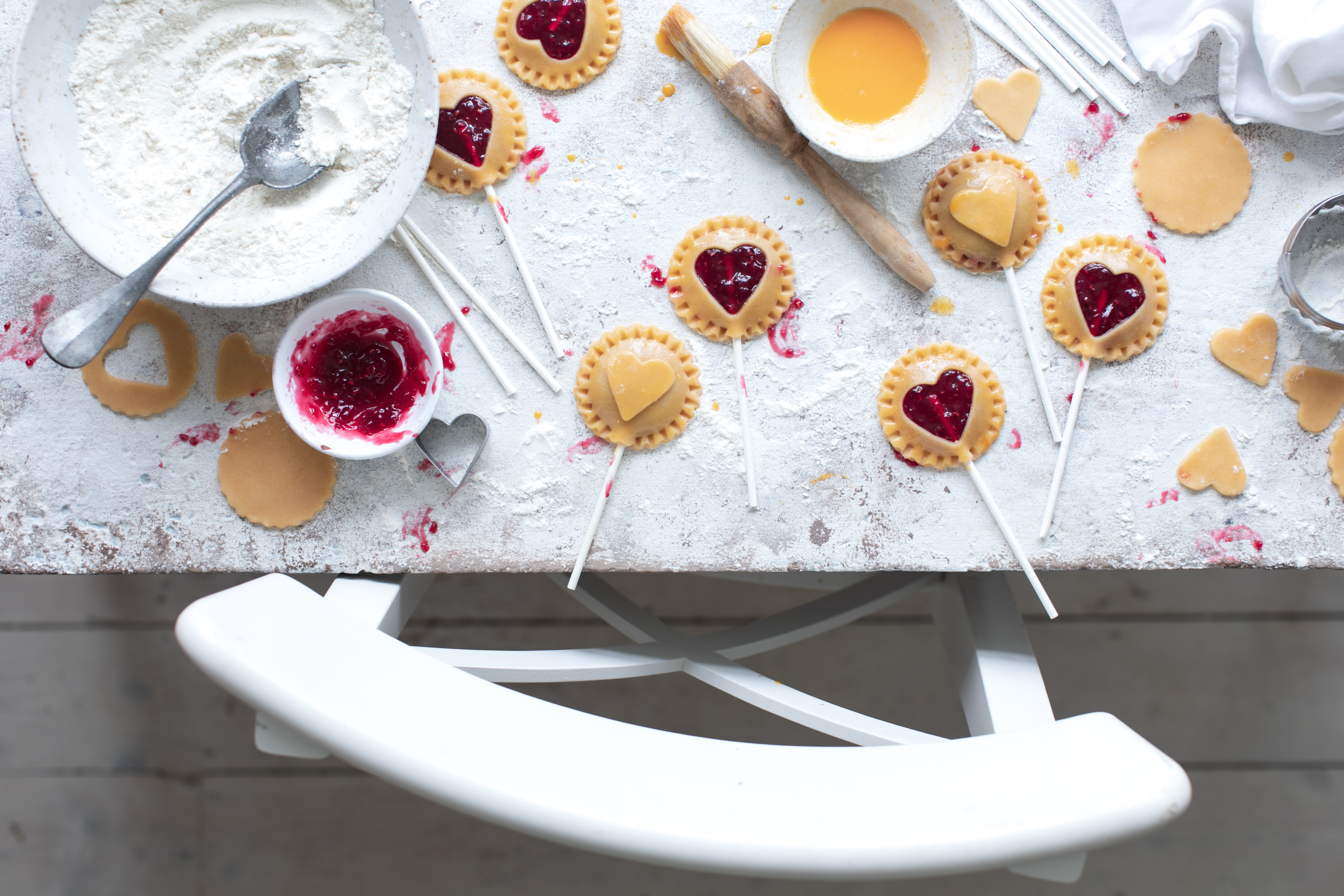
Food photography essentials
• Food photography tips
• Best lenses for food photography
• Best books on food photography
Useful home photography kit
• Best tripods
• Best lighting kits
• Best reflectors
• Best macro lenses
Picture this: You walk into your favorite bakery to buy a sandwich. Enticing scents fill the space. Your eyes move from one color and shape to another. You can hear the crunch of freshly baked bread being sliced, and as you take the sandwich in your hand, you feel its texture. And then there’s the taste… that incredible taste!
Eating is a multi-sensory experience, and so is great food photography. But in photography there is no sound, smell, touch or taste to support your message, so you need to get to your viewer’s tastebuds through their eyes.
• See also Best camera for food photography
You do this by drawing attention to visual details in your images to wake up their imagination. Your viewer is not there with you, so you’ve got to show them what you see, what you experience, what’s important and what they should know about the dish you are photographing.
Food photography is like taking your viewer by the hand and saying, "Here, look at this! This is what I love the most about this dish, what inspires me about this ingredient, what excites me about the preparation process."
A good photo makes you feel something. It brings back memories and puts a smile on your face. It makes you want to jump into the kitchen and cook. It awakens that ‘I want to eat it right now!’ feeling. It tells a story.
A good photo inspires. It draws you in. It grabs your attention, it keeps you captivated, it leads your eye around the frame and it encourages you to explore more.
The best camera deals, reviews, product advice, and unmissable photography news, direct to your inbox!
A good photo surprises. It enables you to see something in a way you’ve never seen before. And the magic ingredient that adds something special to your images? That’s you, and the way you see.
Top tips for shooting food photography
01 The test shot
Here is the test shot. As you can see, I tried out some different backgrounds before making my final decision. I chose the lighter blue as it highlighted the cake beautifully. I tested the light, too, and I spotted right away that I had a problem to tackle. Notice how bright the left side of the frame was, and how dark and shadowy the right side appears in the photograph.
02 Fixing the shot
How did I make this image work? First, I moved about one meter away from the window to reduce the contrast between highlights and shadows, and make the light in the frame more even. The shadows were longer but also paler than when the table was right next to the window. I placed a small reflector close to the scene to brighten the right side of the cake. I used a shallow depth of field and a technique I call ‘hide and seek’ to add depth to this photograph. And finally, I chose a cooler white balance to achieve a fresh feel and to add crispness to the colors.
03 Analyzing the image
The flowers in this picture are the tallest, but by keeping them out of focus and behind the main subject, they lose their significance. They would be much more distracting if they were next to the cake and in focus. Using a glass vase was a great move too, as the material makes the prop feel lighter, making the cake the heaviest – therefore the most important – part of the image. Additionally, its warm colors contrast with the rest of the scene, ensuring that the viewer will notice it right away.
Find out more
Bea is an award-winning food photographer based in England and runs a successful food photography business. How to Photograph Food by Beata Lubas is published by Ilex Press, priced $£25/$£25 www.ilexinstant.com
Read more:
Home photography ideas: Exploding food photography!
Transform your food photography at home with printed backdrops
Photo hack: Make a window diffuser for food photography
Digital Camera World is one of the leading authorities on camera and photography news, reviews, techniques, tutorials, comparisons, deals and industry analysis. The site doesn't just specialize in cameras, but all aspects of photography, videography and imaging – including camera phones, gimbals, lenses, lighting, editing software, filters, tripods, laptops, printers, photo books, desks, binoculars and more.
Whether you're using, looking to buy or trying to get the most out of a compact camera, action camera, camera drone, cinema camera, beginner camera or professional camera, Digital Camera World has a roster of experts with combined experience of over 100 years when it comes to cameras, photography and imaging.
